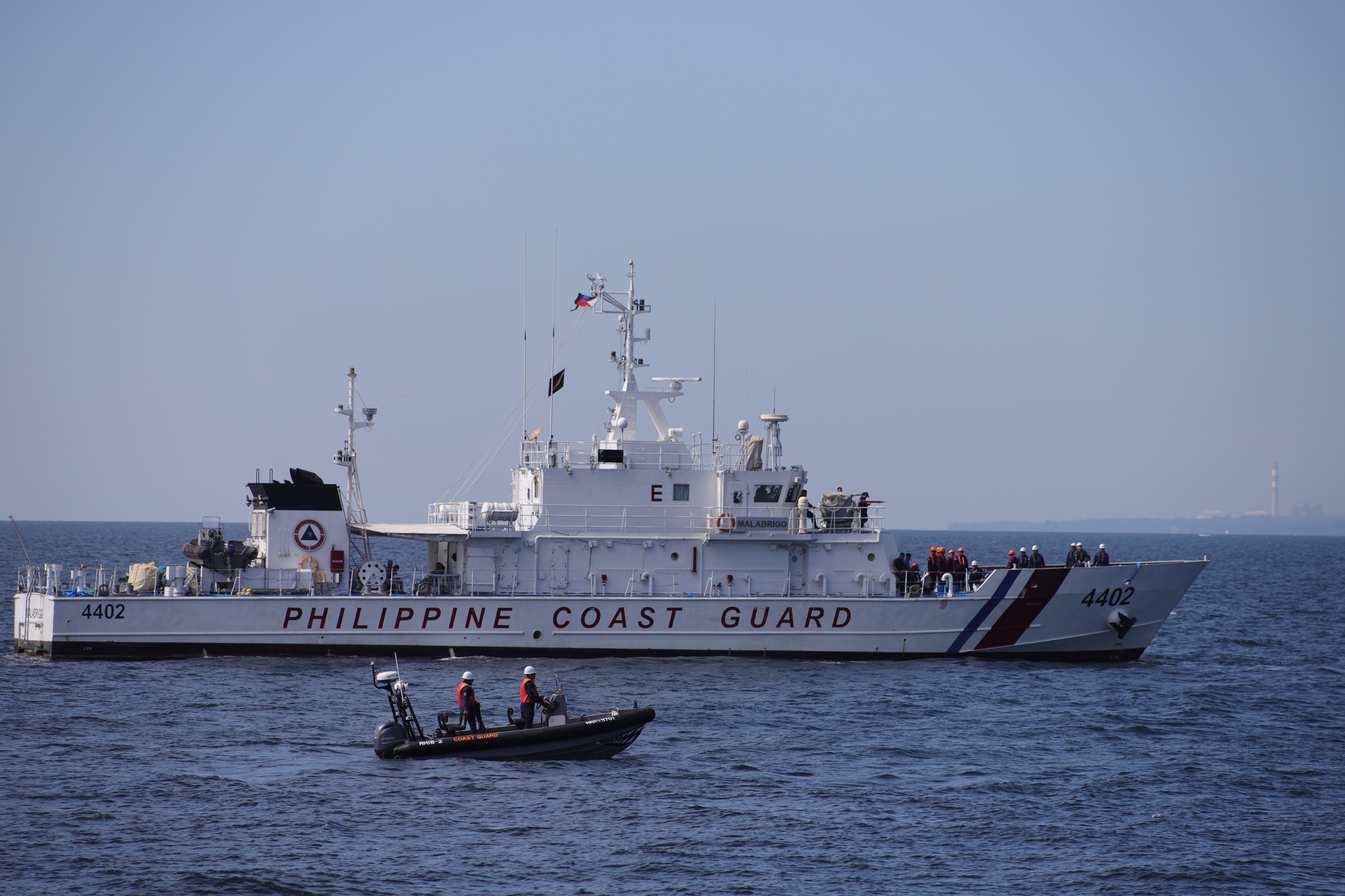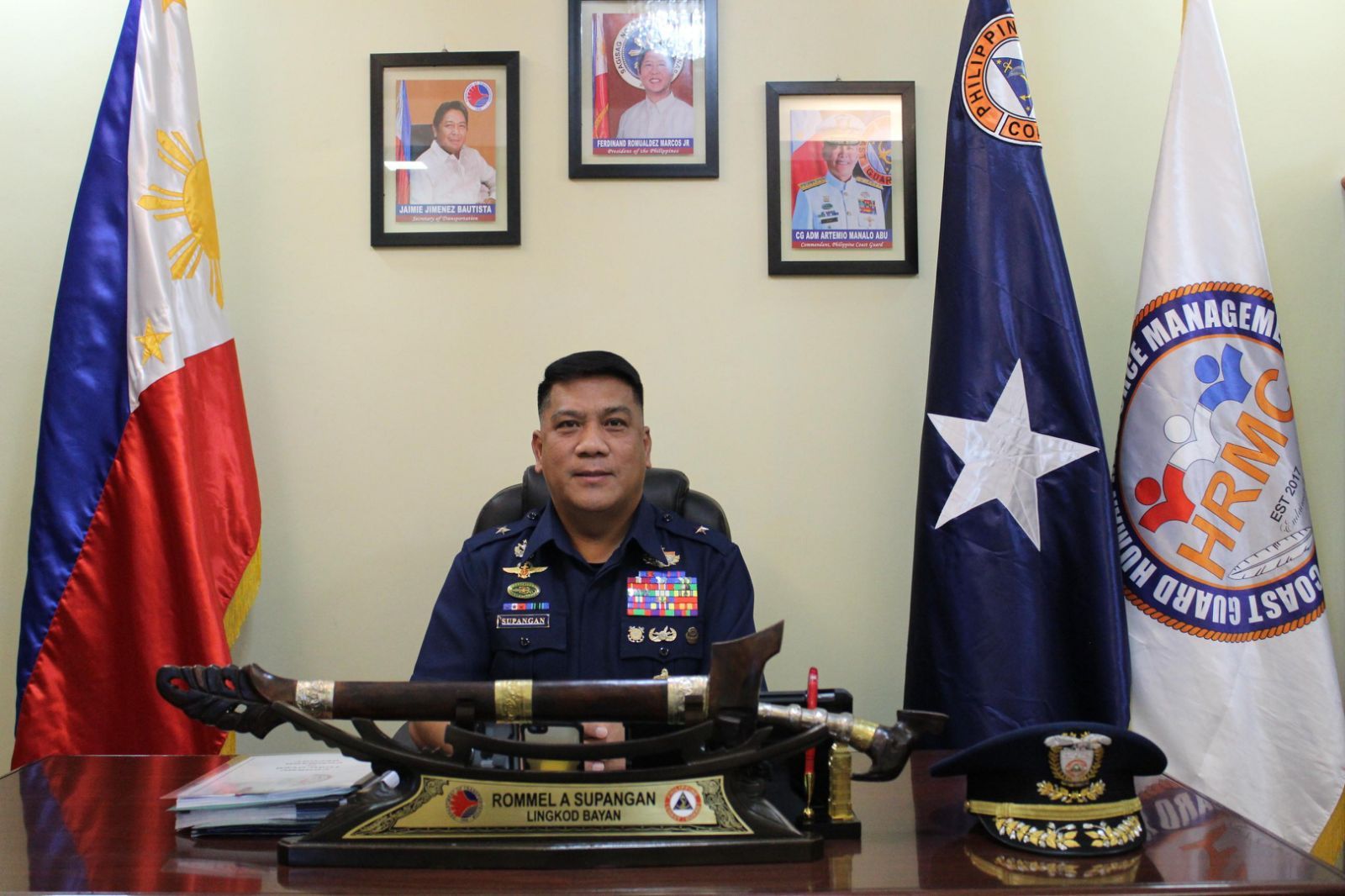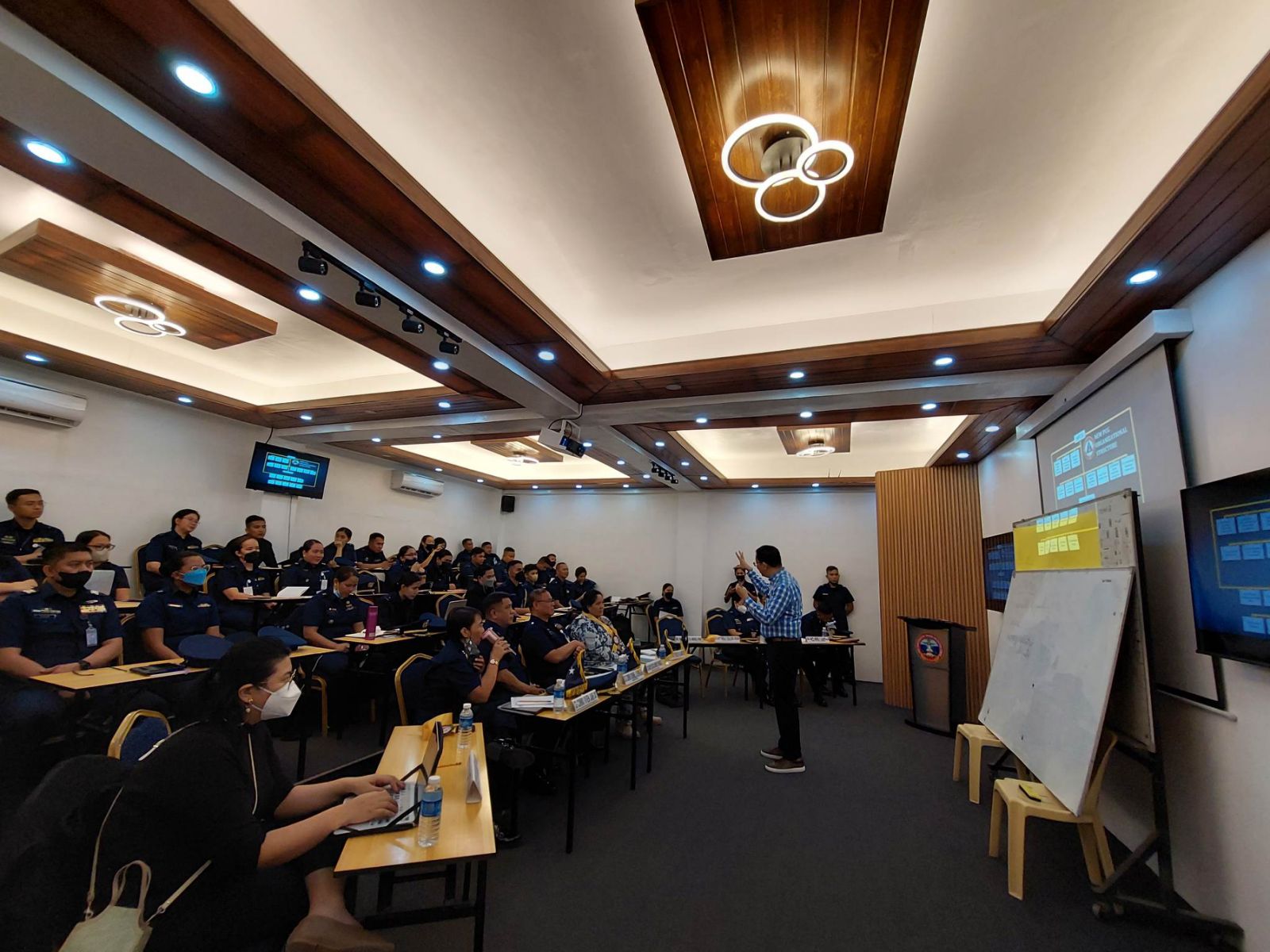In the vast waters of the West Philippine Sea, the Philippines faces a challenge that hits close to home while making waves on the global stage.
Recent events have brought the Philippine Coast Guard (PCG) into focus, not just for their everyday high-stakes work but also for its confrontations with China’s well-armed fleet. Recent incidents like the close encounter on October 22, where a Chinese coast guard ship confronted a smaller Philippine resupply boat, underscore the real risks faced by the PCG and the diplomatic balancing act required to safeguard Philippine territory.
The Philippines is at a crossroads, navigating not just the waves but also the geopolitical forces that mold its maritime fate. Amid these challenges, the spotlight shifts to the PCG’s Human Resources unit, a critical player in the agency’s efforts to step up its maritime capabilities by ensuring a resilient fleet and resource pool in the face of evolving geopolitical dynamics.
A New Era in PCG’s Human Resource Affairs
The Coast Guard Human Resource Management Command’s (CGHRMC) governance journey began in 2017. Initially called the Coast Guard Human Resource Management Service, it was established as the operating arm of the Office of the Deputy Chief of Coast Guard Staff for Human Resource Management (CG-1) to “provide excellent, timely, and expeditious personnel services” within the PCG. Eventually, CGHRMC transitioned into a separate entity, focusing on overseeing Human Resource Management affairs.
“Building on its success, CGHRMC underwent a momentous transformation in 2020,” CGHRMC Commander, CG COMMO ROMMEL A SUPANGAN, told the Institute for Solidarity in Asia (ISA). “It was renamed to Coast Guard Human Resource Management Command. Henceforth, the Command went through continuous change to address the ever-changing needs of PCG Personnel.”
Amid the territorial dispute in the West Philippine Sea, CG Commodore Supangan underscored the pivotal role of the PCG in upholding its diplomatic stance in the region. To completely embrace and fulfill its duties, the country’s vanguard needs “a competent workforce that can carry out its mission efficiently and effectively,” demanding the help of a dedicated Human Resource Management System.
With PCG’s vision to be a world-class guardian of the sea committed to saving lives, ensuring safe maritime transport, cleaner seas, and securing maritime jurisdiction by 2028, CG Commodore Supangan underscored the critical role of the human resource unit in transforming this vision into a tangible reality.
“To materialize these statements, PCG needs a competent workforce that can carry out its functions by utilizing the PCG resources at hand,” he explained. “[T]he Command sought ways to further improve its services, hence, the PGS (Performance Governance System) pathway, which revolves around good governance, has been selected.”
Breaking the Mold
Unlike the conventional approach taken by other public institutions, CGHRMC has taken the lead in the PGS pathway. The Command has enrolled and is actively participating in ISA’s good governance program, making a bold statement on the importance of commitment at every level of an organization, regardless of its size.
In March 2023, CGHRMC embarked on a trailblazing journey into the PGS, propelling the unit ahead of the PCG and affirming a dedicated commitment to redefining governance dynamics.
“The head start of CGHRMC in the PGS journey is beneficial to PCG. It could serve as the PGS Champion in the organization, leading the adoption of PGS mechanisms from the National Headquarters down to its sub-units,” CG Commodore Supangan said. “Aside from the learning experience that CGHRMC can share, its outputs may also serve as primary reference for other Commands to easily visualize the mechanisms of PGS.”
From HR Procurement to Career Management, Personnel Management, and Retirement and Benefits Administration, CGHRMC adopted a comprehensive “womb-to-tomb” approach to human capital administration. With only nearly 700 staff members handling over 26,000 PCG personnel, CGHRMC maintains a well-planned organization by effectively upholding its core functions.
“Centers were dedicated for each core function, assisted by Service Support Centers, to ensure that all the functions were carried out,” CG Commodore Supangan explained. “In addition, regular evaluation of personnel-related policies is conducted to ensure that it remains relevant to the ever-changing needs of its employees.”
The PGS Core Team plays an important role in championing strategy implementation within CGHRMC. According to CG Commodore Supangan, the team served as the primary working group of the unit on compliance with PGS. As this dedicated team laid the groundwork, the subsequent development of the strategy map and the adoption of the PGS provided a comprehensive framework for organizational enhancement. The strategy map acts as a compass, steering the approval of an organizational restructuring proposal that reshapes the very fabric of the PCG.
“The development of the strategy map helped identify the core and support functions of CGHRMC as well as the corresponding strategic objectives that shall enable the Command to achieve its vision,” he said.
Meanwhile, to reinforce its core processes, support processes have also been identified, focusing on Research and Doctrine, Materiel and Facilities, Information Communication Technology, Personnel and Organization, Leadership and Training, and Compliances and Risk Management.
Navigating HR Management
Understanding the core and support processes within CGHRMC reveals the intricacies of its HR management. Efforts to establish a robust information system have been made, notably through the HR Management Information System, which provides “better accessibility, security of data, and faster transactions as compared to its manual counterpart.”
“As we embarked on this project, the Command consulted with its counterparts from other armed services, and upon evaluation of the information system development of the Philippine Navy is similar to what the PCG needs, hence, CGHRMC benchmarked the system,” CG Commodore Supangan shared.
Meanwhile, to ensure continuous monitoring of its PGS progress, CGHRMC also established the PGS Monitoring System, allowing the workforce to comprehensively update measurable deliverables from coordinating staff, sub-units, and HRMUs. As part of its transparency efforts, CG Commodore Supangan shared that its goal is to project the dashboard on monitors distributed across CGHRMC staff offices and the Command’s lobby. This real-time presentation of PGS progress not only informs CGHRMC personnel but also promotes transparency and good governance to clients visiting the CGHRMC premises.
“It serves as a powerful tool for progress tracking by presenting data in a clear and accessible manner and facilitating informed decision-making. It also helps the Command and its sub-units to organizations stay on course to meet its commitments within the established time frame,” he said.
Paving the Way for Maritime Innovation
As CGHRMC forges ahead into the PGS journey, it emerges not just as a pioneer in governance and institutional development within the PCG, but also as a beacon of innovation for maritime organizations worldwide.
CGHRMC’s pioneering efforts and commitment to good governance signal a new era in maritime leadership, charting a course toward a resilient, efficient, and innovative future for the PCG. CG Commodore Supangan’s advice echoes as a powerful call to action for PCG units contemplating a similar transformative journey.
“Embrace change to unlock new possibilities, evolve with the times, and shape a brighter future for your organization.”






